Turn Your Backyard into a Nature's Retreat
Are you tired of the hustle and bustle of everyday life? Do you crave a serene escape right in your own backyard? Transforming your outdoor space into a nature's retreat is easier than you might think! With a few thoughtful design choices, the right plants, and some sustainable practices, you can create a haven that not only enhances your connection with nature but also provides a peaceful sanctuary for relaxation and reflection.
Imagine stepping outside your door and being greeted by the soothing sounds of chirping birds, the gentle rustle of leaves, and the sight of vibrant flowers swaying in the breeze. It's like stepping into a different world, one where you can unwind and recharge. By incorporating natural elements into your backyard, you can create a harmonious environment that attracts local wildlife and encourages biodiversity.
First things first, let’s talk about the plants. Choosing the right plants is crucial for creating a thriving ecosystem. Native plants are your best bet; they are adapted to the local climate and soil, meaning they require less maintenance and resources. Plus, they provide food and shelter for local wildlife. Imagine a garden bursting with color, where butterflies flutter from flower to flower, and birds chirp merrily in the trees. Isn’t that a sight worth striving for?
But it’s not just about the plants. Creating dedicated relaxation zones in your backyard can significantly enhance your outdoor experience. Think about adding cozy seating areas, perhaps a hammock strung between two trees, or a lovely patio set where you can sip your morning coffee while soaking in the beauty around you. These spaces encourage mindfulness, allowing you to truly enjoy the natural surroundings. It’s like having your own little corner of paradise.
Now, let’s sprinkle in some water features! The sound of water can be incredibly calming. Whether you choose to build a pond or install a fountain, the gentle trickle or splash of water adds a whole new layer of tranquility to your retreat. A pond can become a habitat for fish and frogs, while a fountain can serve as a stunning focal point, drawing the eye and the ears. Picture yourself sitting by the water, listening to the soft sounds of nature—pure bliss!
In addition to aesthetics, utilizing natural materials in your landscaping and decor can help create a seamless transition between your home and the outdoors. Think wooden benches, stone pathways, and rustic planters. These elements not only look beautiful but also promote sustainability by using materials that blend harmoniously with the environment.
Now, let’s not forget about our feathered friends! Designing spaces that encourage local wildlife, such as birdhouses and butterfly gardens, can enhance biodiversity and provide educational opportunities for families. Building birdhouses can attract various species, bringing life and movement to your backyard, while a butterfly garden filled with nectar-rich flowers can create a vibrant and dynamic element to your outdoor space.
Lastly, implementing sustainable practices is essential in creating a nature-friendly backyard retreat. Simple steps like composting kitchen scraps, harvesting rainwater, and practicing organic gardening can contribute to a healthier environment. Imagine nurturing your plants with homemade compost and watching them flourish—it's a rewarding cycle that promotes sustainability while beautifying your space.
- What are the best native plants for my region? Research local nurseries or extension services to find plants that thrive in your area.
- How do I attract more wildlife to my backyard? Provide food, water, and shelter through native plants, bird feeders, and nesting boxes.
- What are some eco-friendly gardening practices? Consider composting, using organic fertilizers, and practicing crop rotation.
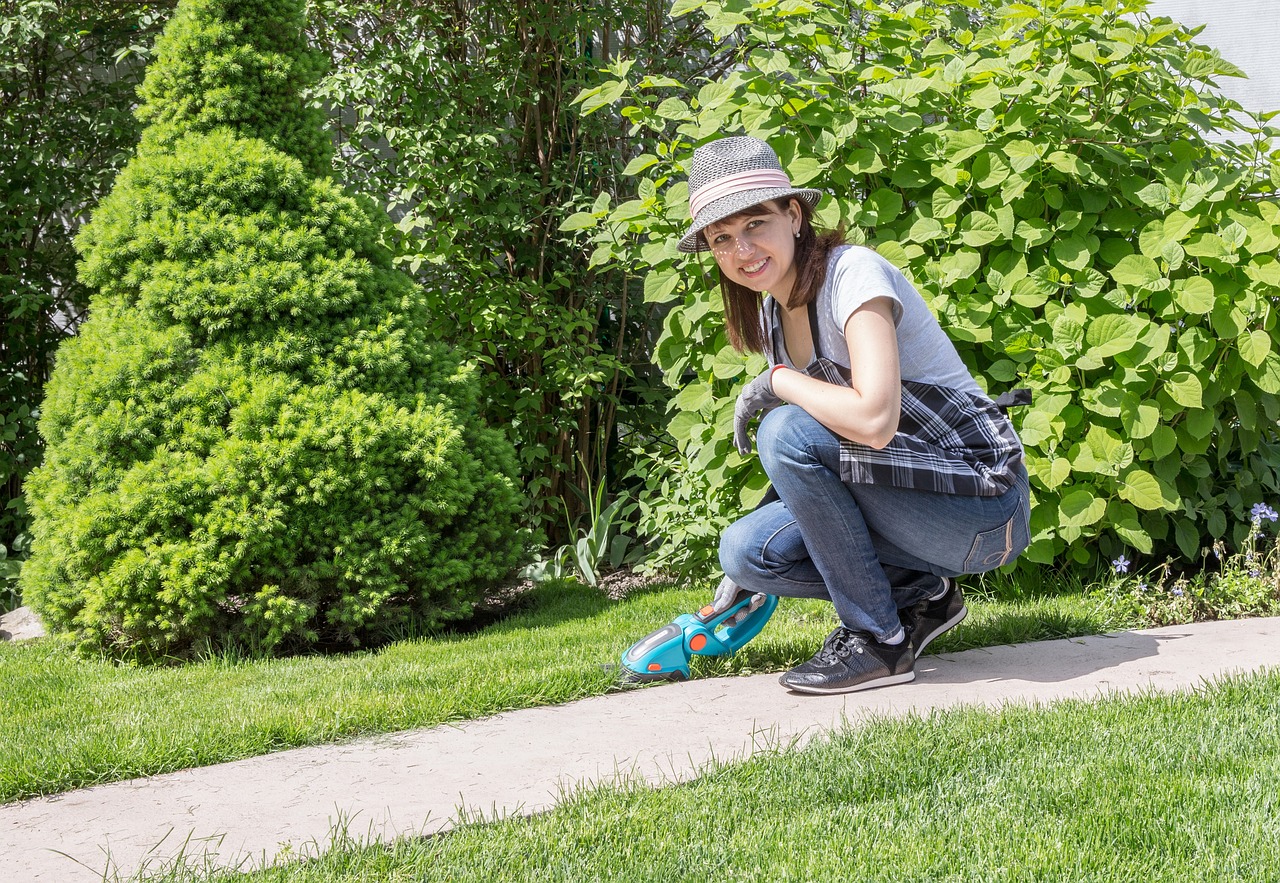
Choosing the Right Plants
Explore ways to transform your outdoor space into a serene escape, incorporating natural elements, sustainable practices, and thoughtful design to enhance your connection with nature.
When it comes to creating your own backyard oasis, is crucial. Imagine stepping outside and being greeted by a palette of vibrant colors and soothing scents that not only please the eye but also nourish the soul. By selecting native plants, you can cultivate a harmonious environment that attracts local wildlife while demanding less maintenance and resources. Native plants are like the superheroes of your garden, perfectly adapted to your local climate and soil conditions, which means they thrive with minimal intervention. This not only saves you time and effort but also supports the ecosystem.
Consider the benefits of incorporating a mix of perennials and annuals. Perennials return year after year, providing a reliable foundation for your garden, while annuals can add pops of color and seasonal variety. For instance, you might choose Black-eyed Susans and Coneflowers for their resilience and ability to attract pollinators. Meanwhile, Marigolds can add a splash of color and help deter pests. When you plant these species, you're not just beautifying your space; you're also creating a welcoming habitat for bees, butterflies, and birds.
To make the most of your plant selection, think about the different layers of your garden. Just like a well-composed symphony, each layer plays its part. Start with tall plants at the back, such as Sunflowers or Hollyhocks, which can act as a backdrop, while medium-height plants like Lavender and Daylilies fill in the middle. Finally, low-growing ground covers like Thyme or Creeping Jenny can tie the whole arrangement together, ensuring that your garden is not only visually appealing but also functional.
Moreover, consider creating a thematic garden. For example, a pollinator garden filled with nectar-rich flowers can be a delightful way to attract bees and butterflies, while a shade garden with ferns and hostas can transform a dim corner into a lush retreat. The possibilities are endless, and the joy of gardening lies in experimenting with different combinations to see what resonates with your personal style.
Here’s a quick reference table to help you choose the right plants based on your garden's conditions:
| Condition | Recommended Native Plants |
|---|---|
| Full Sun | Black-eyed Susan, Coneflower, Butterfly Weed |
| Partial Shade | Astilbe, Hellebore, Coral Bells |
| Full Shade | Hosta, Ferns, Wild Ginger |
| Drought-Tolerant | Agave, Sedum, Lavender |
In conclusion, the right plants can turn your backyard into a vibrant sanctuary. By opting for native species, considering the layout of your garden, and embracing a theme, you can create a space that not only enhances your connection with nature but also supports local wildlife. So, roll up your sleeves, dig into the soil, and let your backyard bloom into a beautiful retreat!
Q: Why should I choose native plants for my garden?
A: Native plants are adapted to your local environment, requiring less water and maintenance while providing essential habitats for local wildlife.
Q: How do I know which plants are native to my area?
A: You can consult local gardening resources, extension services, or native plant societies to find a list of native plants suitable for your region.
Q: Can I mix native plants with non-native species?
A: Yes, you can mix native and non-native plants, but it's essential to ensure that non-native species do not become invasive and disrupt the local ecosystem.
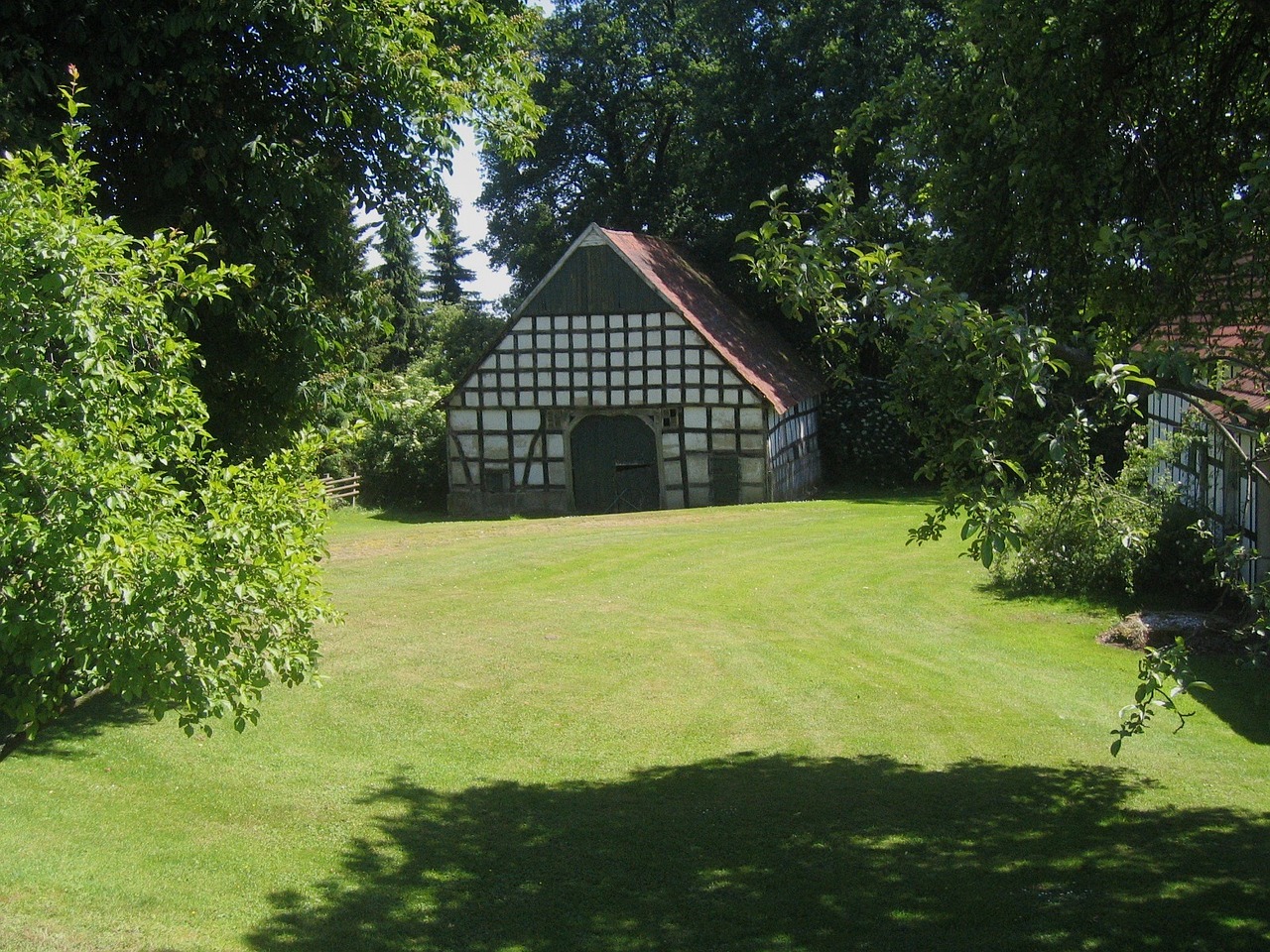
Creating Relaxation Zones
Imagine stepping into your backyard and feeling an instant wave of calm wash over you. That’s the magic of creating relaxation zones in your outdoor space! These areas are not just about aesthetics; they’re about crafting a personal sanctuary where you can unwind, recharge, and reconnect with nature. Why not design a cozy nook or hang a hammock where you can escape the hustle and bustle of daily life? Whether you prefer a sunny spot to soak up the rays or a shaded corner for a cool retreat, the options are endless!
When it comes to designing these relaxation zones, think about the ambiance you want to create. Soft lighting can transform the atmosphere as the sun sets, making your outdoor space feel magical. Consider using string lights or solar-powered lanterns to illuminate your relaxation spots. The gentle glow can invite you to linger a little longer, whether you're sipping tea, reading a book, or simply enjoying the sounds of nature. Pair this with comfortable seating options, like oversized cushions or a stylish outdoor sofa, and you’ve got the perfect recipe for relaxation.
Another fantastic idea is to incorporate elements that engage your senses. Think about adding a small fire pit where you can gather with friends and family, share stories, and roast marshmallows under the stars. The crackling fire not only provides warmth but also creates a cozy atmosphere that draws people together. If you’re a fan of the gentle rustle of leaves, consider placing your seating area near trees or tall grasses. The natural sounds can enhance your experience, making it feel like a true escape.
In addition to comfort and ambiance, don’t forget about the importance of privacy. You want your relaxation zones to feel intimate and secluded. Strategically placed plants, trellises, or even outdoor curtains can provide a sense of enclosure, making your space feel like a hidden gem. Imagine lounging in your hammock, surrounded by lush greenery, with the outside world fading away. That’s the kind of tranquility you can achieve!
To help you visualize your relaxation zones, here’s a simple table of ideas to get you started:
| Relaxation Zone Ideas | Description |
|---|---|
| Hammock | A perfect spot for napping or reading, suspended between two trees. |
| Seating Nook | A cozy corner with cushions and blankets for lounging. |
| Fire Pit | A gathering place for warmth and conversation under the stars. |
| Zen Garden | A peaceful area with rocks, sand, and minimalistic design for meditation. |
Creating these relaxation zones isn’t just about adding furniture; it’s about creating a vibe. It’s about making a space that feels like an extension of your home, where you can escape, reflect, and enjoy the beauty of your surroundings. So, grab your favorite book, a cool drink, and head outside to enjoy your very own nature retreat!
- What are the best plants to use for creating privacy in relaxation zones? Consider using tall grasses, hedges, or flowering shrubs that grow dense and tall.
- How can I make my relaxation zone more inviting? Add soft textiles, decorative pillows, and personal touches like candles or lanterns.
- Is it expensive to create a relaxation zone? Not necessarily! You can start small with DIY projects and gradually enhance your space.
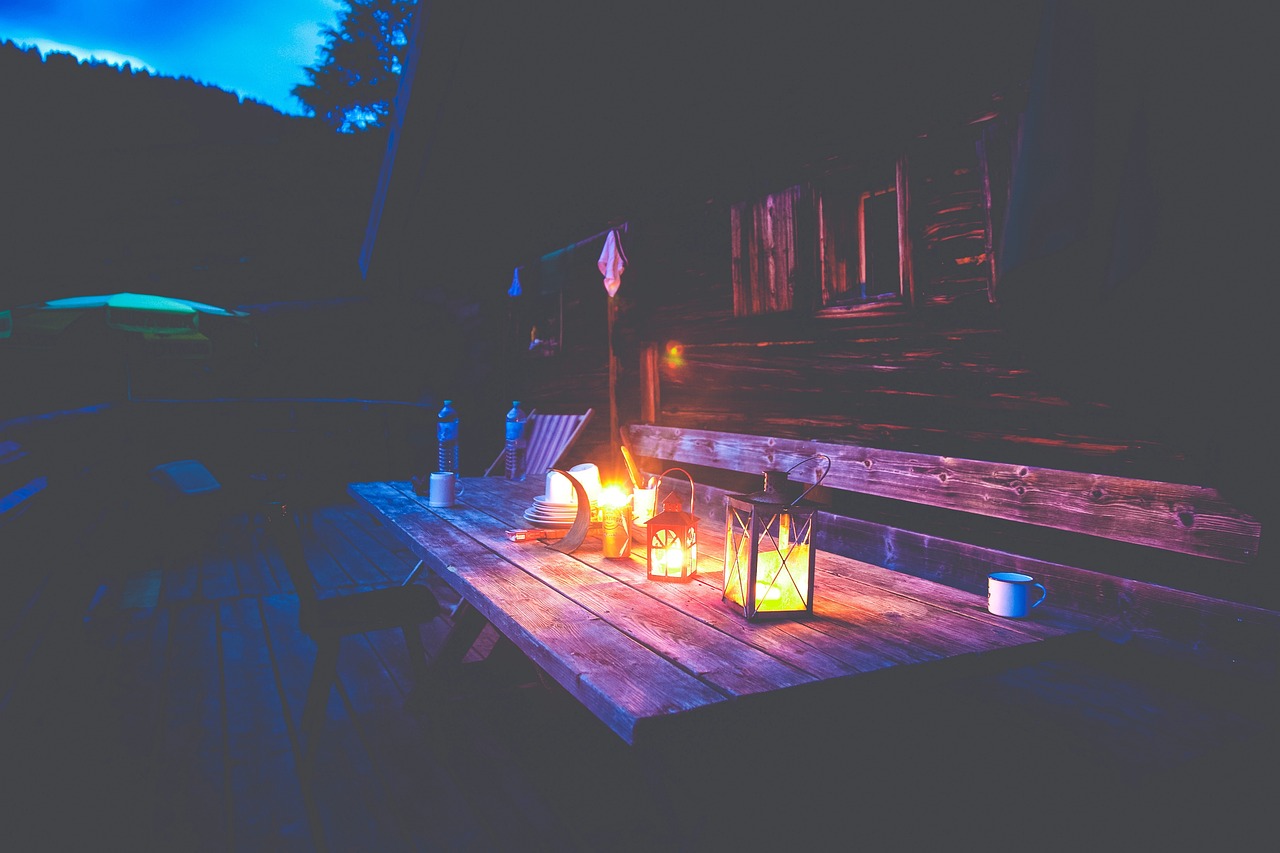
Incorporating Water Features
Imagine stepping into your backyard and being greeted by the gentle sound of water cascading over smooth stones. into your outdoor space can transform it into a peaceful oasis, inviting both relaxation and a deeper connection with nature. Water not only adds an aesthetic element but also creates a soothing atmosphere that can wash away the stresses of daily life. Whether it’s a small fountain bubbling cheerfully or a serene pond reflecting the sky, these features can be the heart of your nature retreat.
One of the most popular options for adding a water feature is installing a pond. A pond can serve as a habitat for fish, frogs, and other aquatic life, creating a mini-ecosystem right in your backyard. Imagine sitting by the pond, watching dragonflies dance over the water’s surface while the soft sounds of nature envelop you. Not only does a pond provide a tranquil spot for contemplation, but it also attracts birds and other wildlife, enhancing the biodiversity of your space.
Another fantastic option is to install a fountain. Fountains come in various styles, from modern designs to classic stone structures, and they can be a stunning focal point in your garden. The sound of flowing water is incredibly calming and can help drown out unwanted noise from nearby streets or neighbors. Plus, fountains can be designed to suit any space, whether you have a sprawling garden or a cozy balcony. They can also be paired with lighting to create a magical ambiance in the evenings, turning your backyard into a nighttime retreat.
When planning your water feature, consider the following:
- Size: Ensure the feature fits well within your space without overwhelming it.
- Location: Place it where you can easily enjoy its beauty and sounds, perhaps near seating areas.
- Maintenance: Choose a design that you can maintain easily, as water features require regular care to keep them clean and functional.
Incorporating water features into your backyard isn’t just about aesthetics; it’s about creating a sanctuary where you can unwind and reconnect with nature. The sights and sounds of water can transform your outdoor space into a personal retreat, allowing you to escape the hustle and bustle of everyday life. So, whether you opt for a tranquil pond or a lively fountain, your backyard can become a haven of peace and beauty.
Q: How do I maintain a pond?
A: Regular maintenance includes cleaning debris, checking water levels, and ensuring the health of any aquatic plants or fish you have.
Q: What type of fountain is best for a small space?
A: Wall-mounted or tabletop fountains are ideal for small spaces as they don’t require much room while still providing the soothing sound of water.
Q: Can I install a water feature myself?
A: Yes, many small water features can be installed by homeowners. However, larger installations may require professional help to ensure proper setup and maintenance.
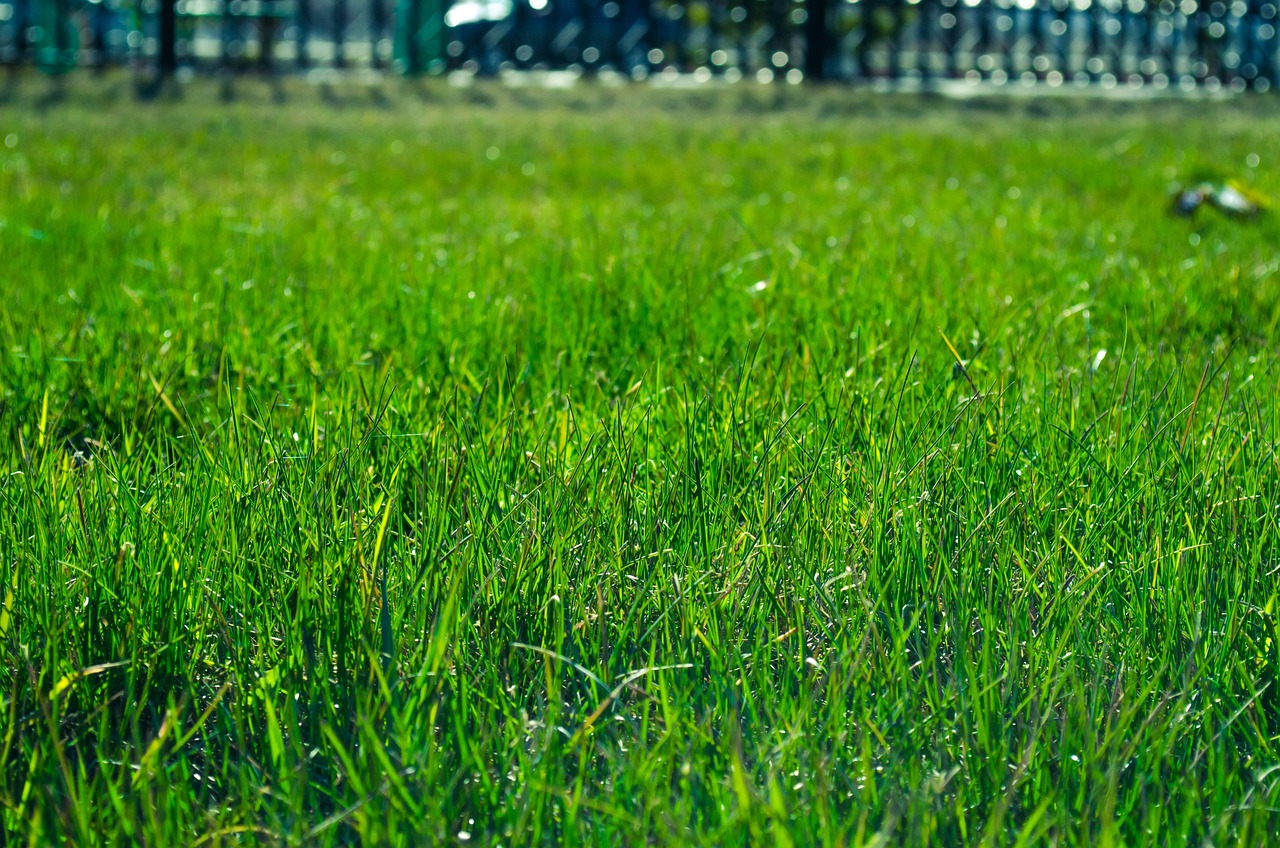
Building a Pond
Creating a pond in your backyard is not just about aesthetics; it's about crafting a peaceful haven that invites tranquility and connects you with nature. Imagine stepping outside and being greeted by the gentle sound of water lapping against the shore, the sight of fish swimming gracefully, and the occasional splash of a frog leaping from a lily pad. A pond serves as a living ecosystem, providing a habitat for various aquatic life forms while offering a serene spot for contemplation and relaxation.
Before you dive into the construction process, it's essential to consider the location and size of your pond. Ideally, you want to choose a spot that receives a mix of sunlight and shade, as this will help maintain the health of both the water and the plants you choose to include. A pond that is too shaded may become stagnant and lose its charm, while one that is too exposed can overheat, leading to algae blooms. As a general rule, aim for a size that complements your yard—too small, and it may feel insignificant; too large, and it could overwhelm the space.
Once you've selected the perfect location, it's time to think about the design. Will your pond be a simple, natural shape, or do you prefer something more structured? Consider incorporating curved edges to mimic the organic lines found in nature. Additionally, varying the depth of the pond can create different habitats for fish and plants, which can enhance biodiversity. A depth of at least 2 feet is typically recommended to prevent freezing in colder climates, while shallower areas can support aquatic plants.
When constructing the pond, you have a few options for materials. A popular choice is a preformed pond liner, which is easy to install and provides a consistent shape. Alternatively, you can use a flexible liner to create a custom design. Whichever option you choose, be sure to line the bottom with sand or soft soil to prevent punctures. After placing your liner, fill the pond with water and allow it to settle for a few days before adding any plants or fish.
Speaking of plants, incorporating aquatic plants is crucial for maintaining a healthy pond environment. These plants not only provide oxygen and shade but also offer shelter for fish and other wildlife. Consider adding a mix of submerged, floating, and marginal plants to create a balanced ecosystem. Some popular choices include:
- Lily Pads: Beautiful floating plants that provide shade and shelter.
- Water Hyacinth: A fast-growing floating plant that helps filter water.
- Cat Tails: Tall, striking plants that add vertical interest and wildlife habitat.
After your pond is established, it’s essential to maintain it. Regularly check the water levels, remove debris, and monitor the health of your plants and fish. You might even consider adding a small filtration system to keep the water clear and healthy, allowing you to enjoy your serene escape without worrying about murky waters.
In conclusion, building a pond is a rewarding project that can transform your backyard into a vibrant ecosystem. Not only does it enhance the beauty of your outdoor space, but it also serves as a sanctuary for wildlife and a personal retreat for you. So grab your tools, get your hands dirty, and embark on this exciting journey to create your very own pond!
Q: How deep should my pond be?
A: Ideally, your pond should be at least 2 feet deep to prevent freezing in the winter and to provide a habitat for fish.
Q: What type of fish can I add to my pond?
A: Goldfish and koi are popular choices, but be sure to research the specific needs of any fish you plan to introduce.
Q: How can I keep my pond water clear?
A: Regular maintenance, including removing debris and considering a filtration system, can help keep your pond water clear and healthy.
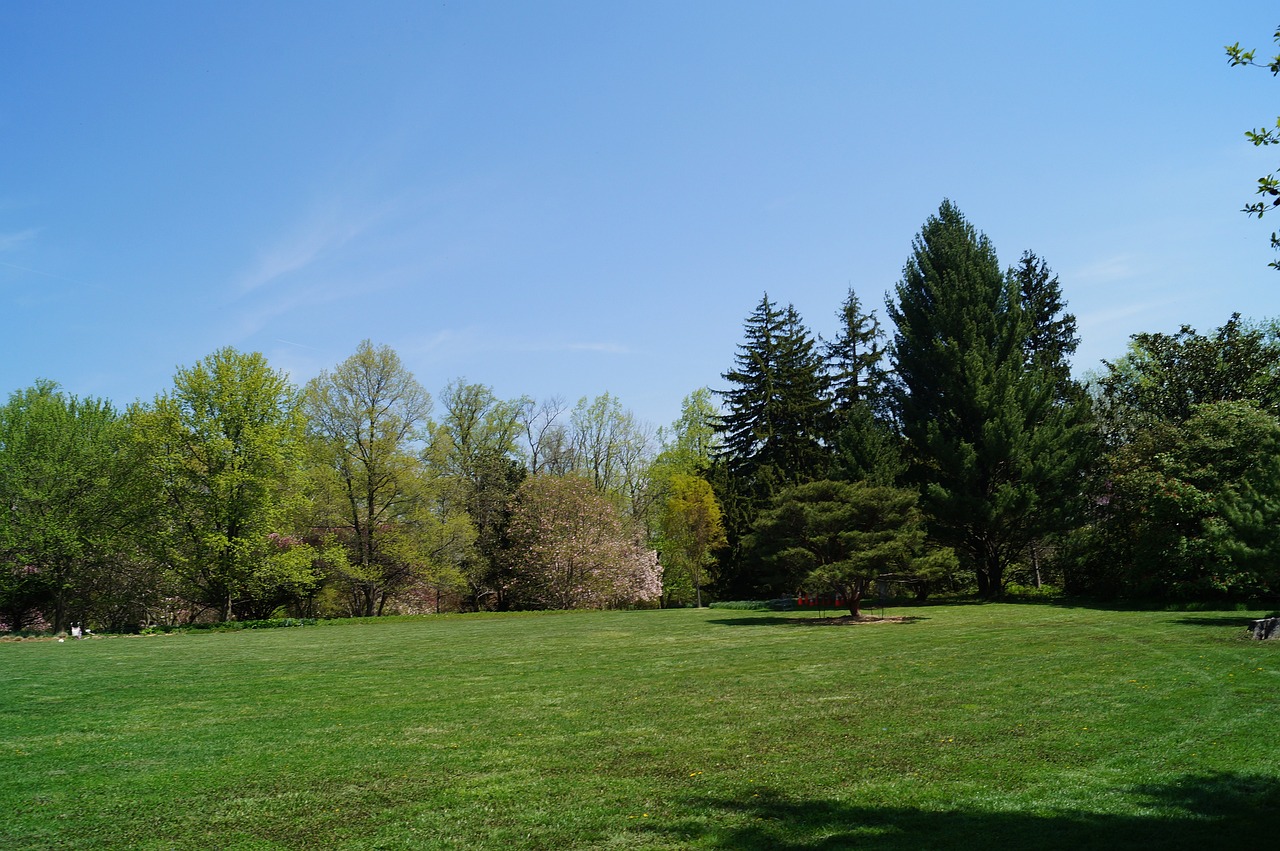
Installing a Fountain
Imagine stepping into your backyard and being greeted by the gentle sound of water cascading from a beautifully designed fountain. can transform your outdoor space into a serene oasis, inviting both relaxation and rejuvenation. Not only do fountains add a touch of elegance and charm, but they also create a soothing atmosphere that can help drown out the noise of the outside world. It's like having your very own slice of tranquility right at home!
When considering a fountain for your backyard, think about the style that complements your existing landscape. From classic tiered designs to modern wall-mounted options, the choices are endless. A well-placed fountain can serve as a stunning focal point, drawing the eye and enhancing the overall appeal of your outdoor area. Plus, the sound of flowing water can be incredibly therapeutic, helping to reduce stress and promote mindfulness.
Before you dive into the installation process, there are a few key factors to consider:
- Location: Choose a spot that is visible from your home or patio, allowing you to enjoy its beauty and sounds from indoors. Ensure the area has access to electricity if your fountain requires a pump.
- Size: Consider the scale of your fountain in relation to your yard. A large fountain can dominate a small space, while a petite design might get lost in a sprawling garden.
- Material: Fountains come in various materials such as stone, ceramic, or metal. Select one that matches your aesthetic and can withstand the elements.
Once you've selected the perfect fountain, the installation process can begin. You may choose to hire a professional, but many homeowners find that with a little guidance, they can install a fountain themselves. Here’s a simple step-by-step guide:
- Prepare the Site: Clear the area of debris and level the ground where the fountain will sit.
- Set Up the Base: For most fountains, a solid base is essential. Use concrete or pavers to create a stable foundation.
- Install the Fountain: Follow the manufacturer’s instructions to assemble and secure the fountain in place.
- Connect the Pump: If your fountain has a pump, connect it according to the instructions, ensuring it's properly submerged in the water reservoir.
- Add Water: Fill the fountain with water, and turn it on to test the flow. Adjust the pump settings if necessary.
After installation, maintaining your fountain is crucial to ensure its longevity and beauty. Regularly check the water level, clean the pump, and remove any debris to keep the water flowing smoothly. You can also enhance the ambiance by surrounding your fountain with lush plants or decorative stones, creating a harmonious blend of nature and design.
In conclusion, installing a fountain is more than just a home improvement project; it’s an investment in your well-being. The tranquil sounds and visual appeal of flowing water can elevate your backyard experience, making it a perfect retreat for relaxation and contemplation. So, why not take the plunge and add this beautiful feature to your outdoor sanctuary?
Q: How much does it cost to install a fountain?
A: The cost can vary widely depending on the size, style, and materials used. On average, you might spend anywhere from $200 to $2,000 or more for a quality fountain.
Q: Do I need a power source for my fountain?
A: Yes, most fountains require a pump that needs electricity. Ensure you have a nearby outlet or consider using solar-powered options.
Q: How often should I clean my fountain?
A: It’s best to clean your fountain at least once a month to prevent algae buildup and keep the water clear.
Q: Can I install a fountain myself?
A: Yes, many homeowners can install a fountain with basic tools and following the manufacturer’s instructions. However, if you're unsure, hiring a professional is a great option.
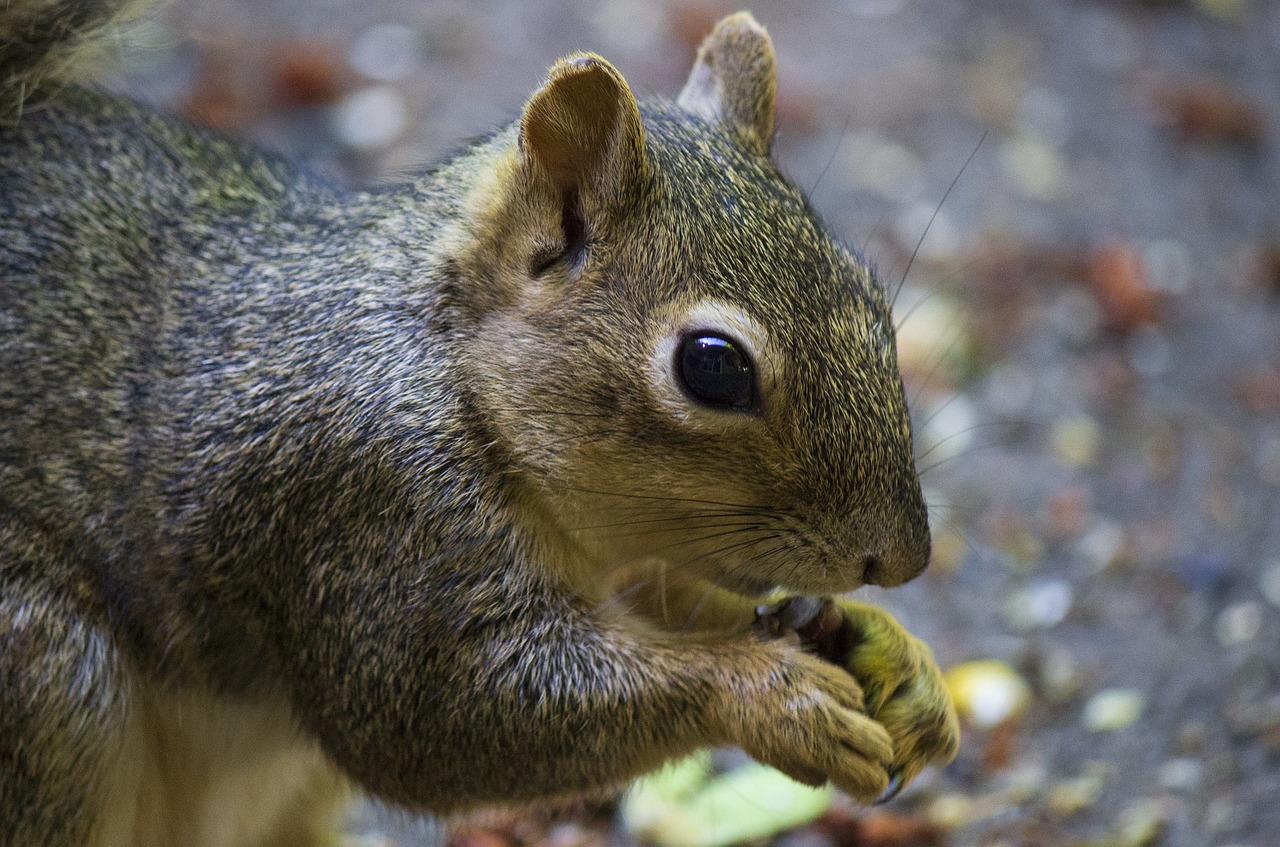
Utilizing Natural Materials
When it comes to transforming your backyard into a tranquil retreat, the choice of materials can make all the difference. By incorporating natural materials such as wood, stone, and clay, you can create a space that feels connected to nature and enhances the overall aesthetic of your outdoor environment. Imagine stepping into your backyard and being enveloped by the warmth of wooden benches, the rustic charm of stone pathways, and the organic feel of clay pots filled with vibrant flowers. This seamless blend between your home and the outdoors not only beautifies your space but also contributes to a more sustainable lifestyle.
Using natural materials can be both practical and visually appealing. For instance, wood is not only a versatile building material but also brings a sense of warmth and comfort. You can create stunning wooden decks or pergolas that provide shade and a place to relax. The rich textures and colors of different wood types can complement your garden's greenery beautifully. Similarly, stone can be used for pathways, walls, or even as decorative elements in your garden. Its durability and natural appearance can withstand the test of time, making it a perfect choice for outdoor spaces.
Moreover, incorporating these materials can also have ecological benefits. Natural materials typically have a lower carbon footprint compared to synthetic alternatives. For example, opting for locally sourced stone or reclaimed wood not only supports local businesses but also reduces the environmental impact associated with transportation. When selecting materials, consider the following factors:
- Source: Choose materials that are sustainably sourced or reclaimed to minimize environmental impact.
- Durability: Select materials that can withstand the elements and require minimal maintenance.
- Aesthetics: Ensure the materials complement the existing landscape and architecture of your home.
In addition to aesthetics and sustainability, natural materials can also promote a healthier living environment. For instance, using clay pots for your plants allows for better air circulation and moisture retention, which can lead to healthier plants. Plus, they add a rustic charm that enhances the overall look of your garden. By integrating these elements into your backyard design, you create a space that not only looks good but also feels good, fostering a deeper connection with the natural world.
Ultimately, the goal is to create a harmonious environment that invites relaxation and mindfulness. By utilizing natural materials, you’re not just decorating your backyard; you’re crafting a sanctuary that reflects your values and love for nature. So, why not take the plunge and start incorporating these beautiful elements into your outdoor space today?
Q: What are the best natural materials to use in a backyard?
A: Some of the best natural materials include wood, stone, clay, and bamboo. Each has its unique benefits and can be used in various ways to enhance your outdoor space.
Q: How can I ensure the materials I choose are sustainable?
A: Look for materials that are locally sourced, recycled, or reclaimed. Additionally, consider the environmental impact of transporting materials and choose options that minimize this footprint.
Q: Do natural materials require more maintenance?
A: While some natural materials may require more upkeep than synthetic options, many are quite durable and can last for years with proper care. Choosing high-quality materials can reduce the need for frequent replacements.
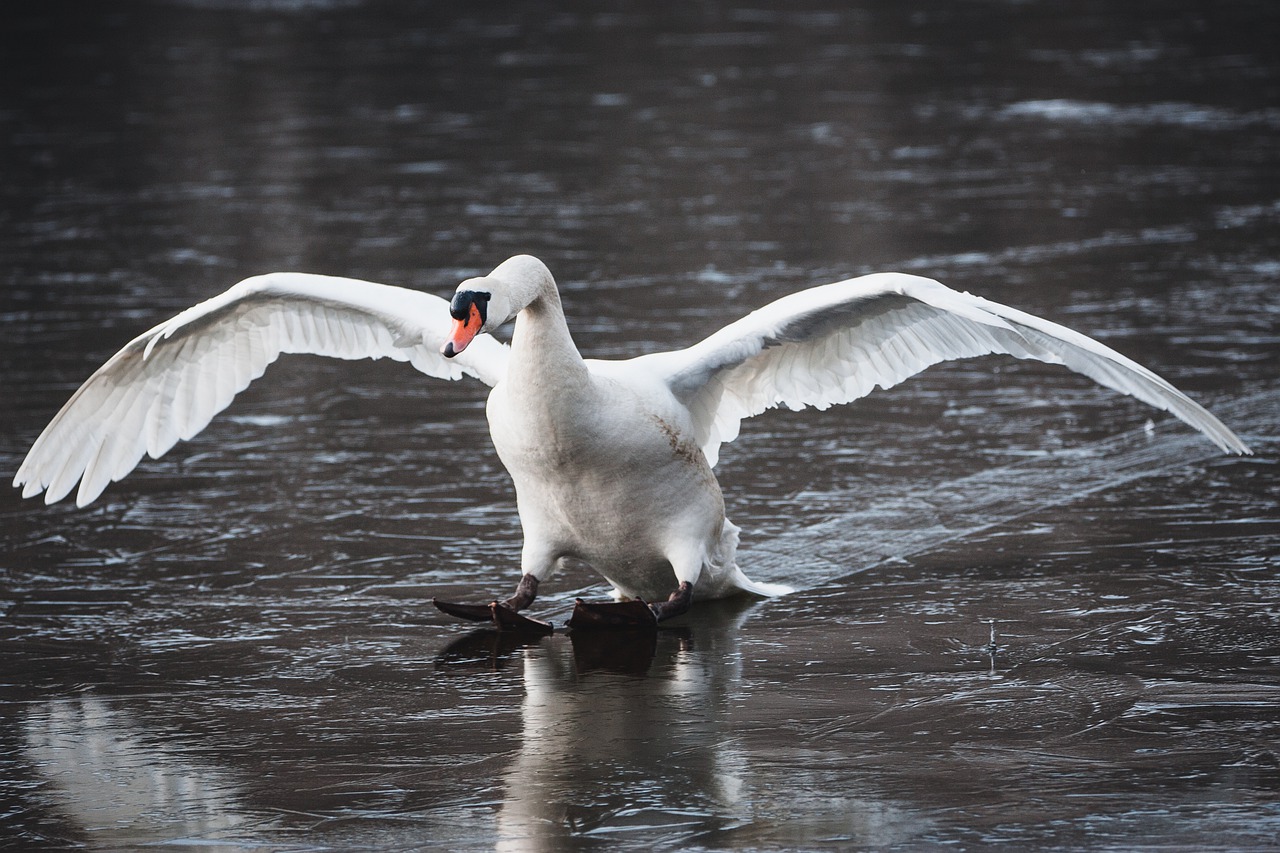
Creating Wildlife Habitats
Designing your backyard to be a haven for local wildlife is not just a rewarding endeavor; it’s a way to engage with the natural world right outside your door. Imagine stepping into your yard and being greeted by the cheerful chirping of birds, the fluttering of butterflies, and the gentle rustle of leaves as small creatures scurry about. This connection to nature can be incredibly enriching, both for you and the wildlife that thrives in your space. By incorporating specific elements that cater to various species, you can create a sanctuary that promotes biodiversity and offers educational experiences for your family.
One of the simplest yet most effective ways to attract wildlife is by building birdhouses. These charming little structures not only provide shelter for various bird species but also encourage them to nest and raise their young in your backyard. When constructing birdhouses, consider the following:
- Material: Use untreated wood to avoid harmful chemicals that could harm the birds.
- Design: Ensure the entrance hole is appropriately sized for the bird species you wish to attract.
- Location: Place the birdhouse in a quiet area away from predators, ideally near trees or shrubs.
As you watch the birds come and go, you’ll find that they not only bring life to your garden but also help with pest control by feeding on insects. Plus, it’s a fantastic opportunity for children to learn about the life cycles of birds and the importance of conservation.
Another delightful addition to your wildlife-friendly backyard is a butterfly garden. This vibrant space can be a feast for the eyes and a critical habitat for butterflies. To create a successful butterfly garden, focus on planting a variety of nectar-rich flowers that bloom at different times throughout the growing season. Some excellent choices include:
- Milkweed: Essential for monarch butterflies.
- Lavender: Attracts a wide array of butterfly species.
- Black-eyed Susans: A favorite among many pollinators.
In addition to nectar sources, consider adding host plants where butterflies can lay their eggs. This not only supports their lifecycle but also creates a dynamic and ever-changing landscape in your garden. Watching butterflies flutter from flower to flower can be a mesmerizing experience, and it fosters a deeper appreciation for these delicate creatures.
Creating wildlife habitats in your backyard is about more than just aesthetics; it’s about nurturing a thriving ecosystem. By providing food, shelter, and a safe environment, you are playing a vital role in the conservation of local species. Moreover, these habitats can serve as an excellent educational tool for families, sparking curiosity and discussions about nature, ecology, and the importance of biodiversity.
In conclusion, transforming your backyard into a wildlife habitat can yield incredible benefits for both you and the environment. As you engage with nature, you’ll find joy in the small wonders of life that unfold before your eyes. So grab your tools, get creative, and start building a sanctuary that welcomes all the beautiful creatures that share our world!
Q: How do I attract more birds to my backyard?
A: To attract more birds, ensure you have a variety of feeders filled with seeds, suet, and nectar. Additionally, providing water sources and native plants will create a welcoming environment.
Q: What are some easy plants to include in a butterfly garden?
A: Easy-to-grow plants for a butterfly garden include milkweed, coneflowers, and zinnias. These plants are not only beautiful but also provide essential resources for butterflies.
Q: How can I maintain my wildlife habitats sustainably?
A: Practice sustainable gardening by avoiding pesticides, using organic fertilizers, and incorporating native plants that require less water and maintenance.

Building Birdhouses
Constructing birdhouses is not just a fun DIY project; it’s a wonderful way to invite nature right into your backyard! Imagine watching colorful birds flit about, chirping cheerfully as they settle into their cozy new homes. Building a birdhouse can be a rewarding experience for the whole family, offering a chance to bond while also contributing to local wildlife conservation. But before you grab your hammer and nails, let’s explore some essential tips and considerations to ensure your birdhouses are both functional and inviting.
First off, the location of your birdhouse is crucial. You want to place it in a quiet, sheltered area, away from strong winds and direct sunlight. Ideally, it should be mounted on a pole or tree at a height of about 5 to 10 feet. This height not only protects the birds from predators but also provides them with a safe space to thrive. Additionally, consider the surrounding environment; if there are plenty of trees and shrubs nearby, the birds will feel more secure.
When it comes to design, simplicity is key. The basic structure of a birdhouse includes a front with an entrance hole, a back for mounting, two side walls, a bottom, and a roof. The entrance hole should be appropriately sized depending on the bird species you wish to attract. For example, a hole of about 1.5 inches in diameter is perfect for bluebirds, while a smaller hole of 1.25 inches works well for chickadees. Here’s a quick reference table to help you choose the right dimensions:
| Bird Species | Entrance Hole Diameter | House Dimensions (inches) |
|---|---|---|
| Bluebird | 1.5" | 6x6x10 |
| Chickadee | 1.25" | 6x6x8 |
| Wren | 1" | 5x5x6 |
Next, consider the materials you use. Natural wood is a popular choice, as it blends well with the environment and provides good insulation. Avoid treated wood, as the chemicals can be harmful to birds. Cedar and pine are great options, providing durability and a natural aesthetic. Additionally, ensure that your birdhouse has proper ventilation and drainage holes to keep the interior dry and comfortable.
Lastly, don’t forget to decorate your birdhouse! While the primary purpose is to provide shelter, a little creativity can add charm to your backyard. You can paint it with non-toxic paint, add decorative elements like shingles, or even create a themed birdhouse that matches your home’s style. Just remember to keep it functional—avoid using anything that could be harmful to the birds.
In conclusion, building birdhouses is an enjoyable and meaningful way to connect with nature. Not only do you provide a safe haven for birds, but you also create a lively atmosphere in your backyard. So gather your materials, get the family involved, and start crafting your very own birdhouses today!
- What materials are best for building birdhouses? Natural wood like cedar or pine is ideal, as it is durable and safe for birds.
- How do I attract birds to my birdhouse? Place the birdhouse in a quiet, sheltered area and ensure it has the right entrance hole size for the species you want to attract.
- Can I paint my birdhouse? Yes, you can paint it, but make sure to use non-toxic paint to keep the birds safe.
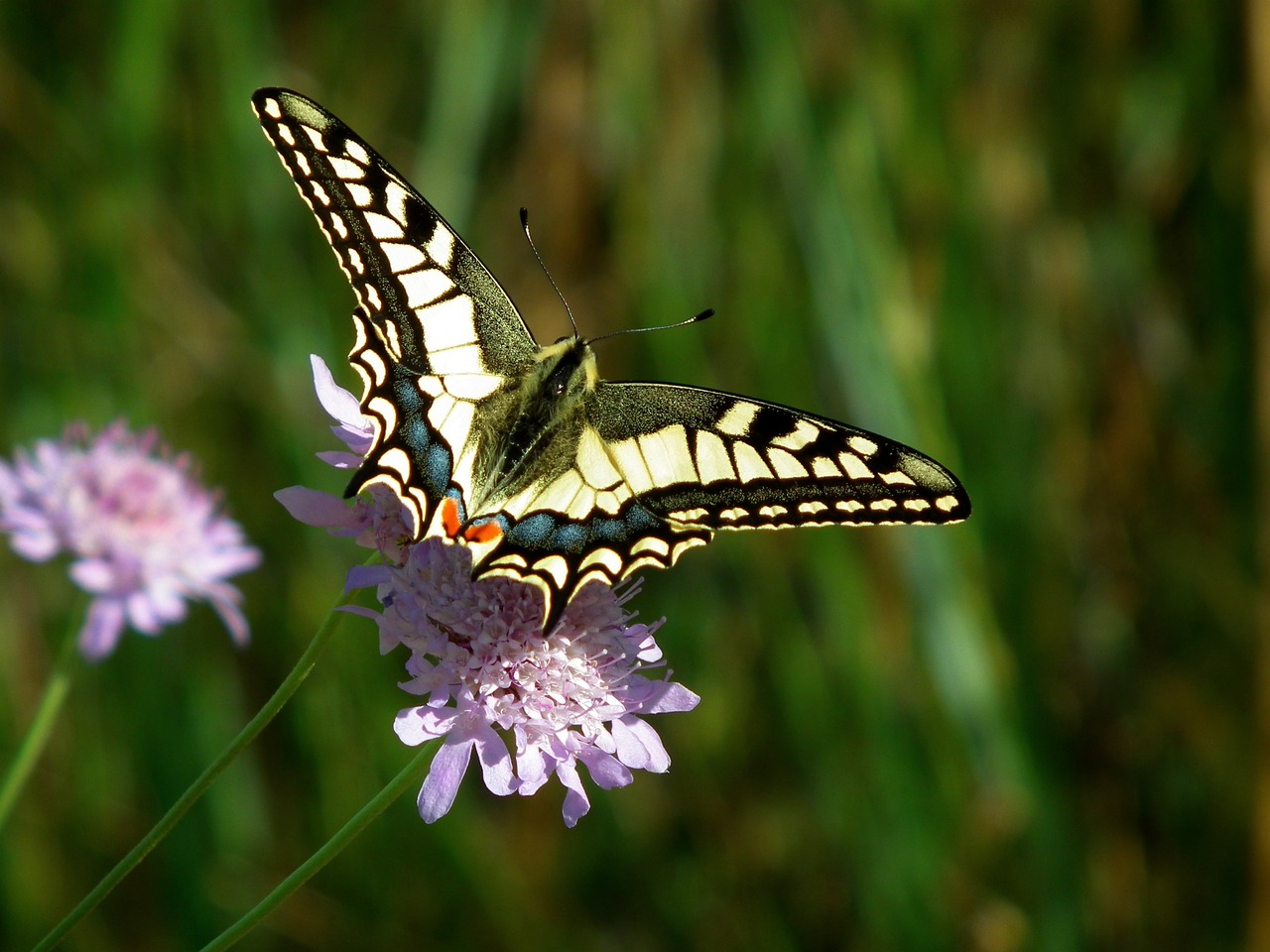
Planting a Butterfly Garden
Creating a butterfly garden is like inviting a vibrant painting to come alive right in your backyard! Imagine stepping outside and being greeted by the fluttering wings of monarchs, swallowtails, and other colorful butterflies dancing from flower to flower. These beautiful insects not only add a splash of color to your landscape but also play a crucial role in our ecosystem by pollinating plants. So, how do you go about turning your outdoor space into a butterfly haven? Let's dive in!
First things first, the key to attracting butterflies is choosing the right plants. Butterflies are particularly drawn to nectar-rich flowers that bloom at different times throughout the growing season. This ensures a continuous food source. Some fantastic options include:
- Milkweed: Essential for monarchs, it serves as both a food source and a place for them to lay their eggs.
- Black-eyed Susans: These bright yellow flowers are not only stunning but also loved by various butterfly species.
- Butterfly bush: Aptly named, this plant attracts a multitude of butterflies with its fragrant blooms.
- Lavender: The sweet scent and vibrant purple color draw butterflies in, while also attracting bees.
When planning your butterfly garden, think about the layout. A sunny spot is ideal, as butterflies are cold-blooded and need warmth to thrive. Aim for an area that receives at least six hours of sunlight a day. Additionally, consider incorporating native plants that are well-suited to your local climate and soil conditions. Not only do native plants require less maintenance, but they also support local wildlife better than non-native varieties.
But wait, there’s more! To create a truly inviting atmosphere, consider adding some essential elements to your butterfly garden:
- Water sources: Butterflies need water, too! A shallow dish filled with sand and water can provide them with a safe drinking spot.
- Flat stones: Butterflies love to bask in the sun. Placing flat stones in sunny areas gives them a perfect perch.
- Host plants: While nectar plants provide food, host plants are where butterflies lay their eggs. Include plants like dill or parsley for swallowtails.
Finally, remember that patience is key. It may take some time for butterflies to discover your garden, but once they do, you’ll be rewarded with a lively and beautiful scene. Regularly tending to your garden by watering, weeding, and deadheading flowers will keep it looking its best. Plus, consider avoiding pesticides, as they can harm butterflies and other beneficial insects.
In summary, planting a butterfly garden is not just about aesthetics; it's about creating a sanctuary for these incredible creatures. By choosing the right plants, providing essential resources, and maintaining a healthy environment, you’ll be well on your way to enjoying the delightful sight of butterflies gracing your garden!
Q: How long does it take for butterflies to find my garden?
A: It can take a few weeks to a few months for butterflies to discover your garden. Be patient and keep your garden healthy and inviting!
Q: Can I plant a butterfly garden in a small space?
A: Absolutely! Even a small balcony or patio can host a butterfly garden. Use pots to grow nectar and host plants.
Q: Are there specific times of year when I should plant?
A: Spring is typically the best time to plant your butterfly garden, as it allows plants to establish before the peak butterfly season in summer.

Implementing Sustainable Practices
In today's world, where environmental concerns are at the forefront of our minds, in your backyard can make a significant difference. Not only do these practices contribute to a healthier ecosystem, but they also enhance the beauty and functionality of your outdoor space. Imagine walking into your backyard and knowing that every element—every plant, every stone—is part of a larger effort to protect our planet. Sounds enticing, right?
One of the most impactful sustainable practices you can adopt is composting. By turning kitchen scraps and yard waste into nutrient-rich compost, you’re not only reducing landfill waste but also enriching your garden soil. Composting is like giving your plants a buffet of nutrients, allowing them to thrive without the need for chemical fertilizers. You can easily set up a compost bin in a corner of your yard, making it a low-maintenance yet highly beneficial addition to your gardening routine.
Another essential practice is rainwater harvesting. Why let precious rainwater go down the drain when you can collect it? Installing a rain barrel can help you capture runoff from your roof, which can then be used to water your garden during dry spells. This practice not only conserves water but also reduces your water bill. It's like having a natural reservoir right in your backyard!
When it comes to gardening, organic gardening is a fantastic way to ensure that your plants are healthy and your backyard is free from harmful chemicals. By using organic methods, such as natural pest control and organic fertilizers, you’re creating a safe environment for your family and local wildlife. Plus, it’s a great way to grow your own food, ensuring that you have fresh produce right at your fingertips. Imagine the satisfaction of picking a ripe tomato or cucumber straight from your garden, knowing it was grown without any harmful substances.
To further illustrate the benefits of these sustainable practices, here’s a quick comparison of traditional gardening versus sustainable practices:
| Aspect | Traditional Gardening | Sustainable Gardening |
|---|---|---|
| Water Usage | High, often leading to waste | Conserves water through rainwater harvesting |
| Soil Health | Often depleted by chemical fertilizers | Enriched through composting and organic methods |
| Wildlife Impact | Can harm local ecosystems | Supports biodiversity and local wildlife |
Incorporating these practices into your backyard not only benefits the environment but also creates a more enjoyable space for you and your family. Think of your backyard as a canvas where you can paint a picture of sustainability. Every plant you choose, every drop of water you save, contributes to a larger masterpiece of ecological balance. So, why not take the plunge and start implementing these practices today? Your backyard—and the planet—will thank you!
- What is composting, and how do I start? Composting is the process of recycling organic matter, such as food scraps and yard waste, into a rich soil amendment. To start, you can create a compost bin and add materials like vegetable peels, grass clippings, and leaves while avoiding meat and dairy products.
- How can I collect rainwater effectively? You can collect rainwater by installing a rain barrel under your downspout. Ensure the barrel has a lid to prevent mosquito breeding and use a spigot to easily access the water for your garden.
- Is organic gardening more expensive? While organic gardening can have higher upfront costs for organic seeds and materials, it often saves money in the long run by reducing the need for chemical fertilizers and pest control.
Frequently Asked Questions
- What are the best plants to choose for my backyard?
Choosing native plants is a fantastic way to start! They’re adapted to your local climate and soil, which means they require less water and maintenance. Plus, they attract local wildlife, creating a vibrant ecosystem right in your backyard!
- How can I create a relaxation zone in my backyard?
Think about setting up cozy seating areas with comfortable chairs or even a hammock! These spaces encourage you to unwind, enjoy a good book, or simply soak in the beauty of nature. Adding some cushions or a small table for drinks can make it even cozier!
- What types of water features can I add?
Water features like ponds and fountains are a great addition! A pond can be a peaceful retreat for both you and local wildlife, while a fountain adds a beautiful focal point and the soothing sound of flowing water. It’s like having your own little oasis!
- How do I attract birds to my backyard?
Building birdhouses is a fun and rewarding way to attract various bird species! Position them in quiet areas and use natural materials. You can also plant native trees and shrubs to provide food and shelter. Soon, you’ll have a lively aviary right outside your window!
- What should I include in a butterfly garden?
A butterfly garden should be filled with nectar-rich flowers like milkweed, coneflowers, and butterfly bushes. These plants not only attract butterflies but also provide a colorful display throughout the seasons. It’s like inviting nature’s little dancers to your backyard!
- How can I implement sustainable practices in my backyard?
Start by composting kitchen scraps and yard waste to create nutrient-rich soil! Rainwater harvesting is another excellent practice; it helps conserve water and keeps your plants happy. Using organic gardening methods also ensures a healthier environment for you and local wildlife.



















